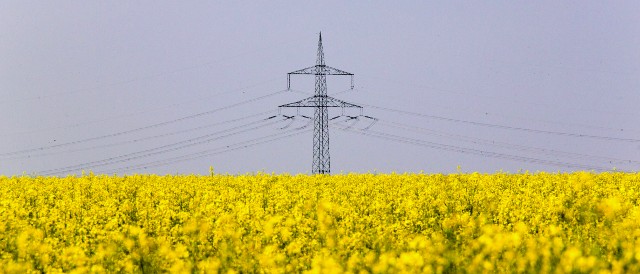Green politician Oliver Kischer has published a critique of the proposals being tossed about for a new power market design, and he comes down heavily in favor of focused capacity markets. Craig Morris takes a look at the reasoning.

The design of power markets is a matter of contention in Germany right now. (Photo by Marc Duchene, CC BY-NC 2.0)
In his PDF in German, Krischer breaks up the proposals currently being discussed among parliamentarians in Berlin into three categories: capacity markets, focused capacity markets, and strategic reserves. His advocacy of the second – focus capacity markets – clearly takes on strategic reserves, and he has little to criticize about (unfocused) capacity markets, which suggests that the latter is currently not being seriously proposed, though it is the most common in Europe. (In a previous post, I discussed the policy.)
Judging from Krischer’s introduction, everyone seems to agree that “we will need capacity that can be quickly switched on and off as need be when the wind is not blowing and the sun is not shining for the foreseeable future” – and that Germany’s current energy-only market needs to be changed because it will not ensure this dispatchable capacity.
Krischer spends only a short paragraph on full-fledged capacity markets and has little to criticize about them. The main difference between focused and full-fledged capacity markets is that the former pays for every kilowatt of generating capacity installed, with a regulatory body determining how much generating capacity a country needs (German power demand peaks at around 80 GW, so more than that would be needed as dispatchable capacity); in contrast, with focused capacity markets, the regulatory authority only determines what gap needs to be filled to prevent power outages.
Krischer devotes most of his criticism to strategic reserves, which Germany’s Environmental Agency recommended last year (see our mention of it here). Like focused capacity markets, the strategic reserve is limited to bridging the gap identified by the grid regulator. But whereas focus capacity markets leave all of the plants on the energy-only market, the strategic reserve removes this capacity completely from the energy-only market, which shrinks as a result. Less supply then means higher prices if demand remains unchanged.
Krischer argues that the result would be cross-subsidies for coal and nuclear plants – essentially what others have criticized about full-fledged capacity markets. He also argues that the “winter reserve” Germany set up in November 2012 is essentially a strategic reserve, though one not based on an auction; Germany’s Network Agency itself chose the power plants based on a perceived shortfall of generating capacity at certain points of the grid in southern Germany.
Overall, what Krischer wants is financial incentives not only for generating capacity, but for everything that will make the Energiewende a success: dispatchable low-carbon capacity (gas turbines), power storage, and demand management, to the extent possible in an auction and with a focus on what the grid needs locally.
In the end, I understand the need for what he proposes, but his PDF is probably too short for a proper comparison of options. Specifically, it remains unclear to me why a strategic reserve could not be designed to take up most of his proposals. And as usual, there is no discussion of the EU at all, although the EU is talking about capacity markets.
Craig Morris (@PPchef) is the lead author of German Energy Transition. He directs Petite Planète and writes every workday for Renewables International.